Want to liven up your backyard with some wild company? Create a mix of things they need and be ready to welcome wildlife into your outdoor space.
Three Basics
All wildlife requires three elements to survive: food, water and shelter. But a toad’s needs for each differ from those of a blue jay or a butterfly or a rabbit. You can attract the greatest variety and number of wildlife by providing a variety of sources of food, water and shelter. Diverse habitat supports diverse wildlife. Planting an assortment of trees, shrubs, flowers and grasses will provide alternatives for food and shelter. You can meet wildlife’s critical water needs by maintaining a bird bath or by constructing a small pool. Add feeders and nest boxes to provide more food and shelter.
Create an edge by planting trees and shrubs around open areas. An edge is where vegetation borders an open area. Edges attract more wildlife than an area solely of cover or open land.
Go Native
Get creative when you’re starting a new landscape and check out native Missouri wildflowers, trees, and grasses. Not only do native plant species thrive in Missouri weather, the plants are beautiful and support wildlife. Hummingbirds, songbirds, butterflies, lizards and even toads will become interesting neighbors in your yard. Gardens are amazing spaces, transforming the outside of your home into a special place to relax and play. Wildflowers give artistry to landscapes. Inspiring forms, textures and colors, each adding splendor to your garden.
To support nature near your home, try planting asters and sunflowers. These plants support the most wildlife. Asters are food for a large number of butterfly and moth species. Even violets, wild geraniums and black-eyed susans are favorites among insect pollinators. You’re creating an inviting garden by selecting the right native plants to provide food and shelter for the desired wildlife.
Get Help
It’s easy to get free advice about which plants are best suited to the soil, moisture and sunlight conditions on your property. Contact your county extension office and state conservation agencies. Nurseries can also be very helpful.
Your good backyard habitat will be a haven for wildlife. And it will also be a quiet retreat for you.
Check out this guide for native plants and landscaping design.
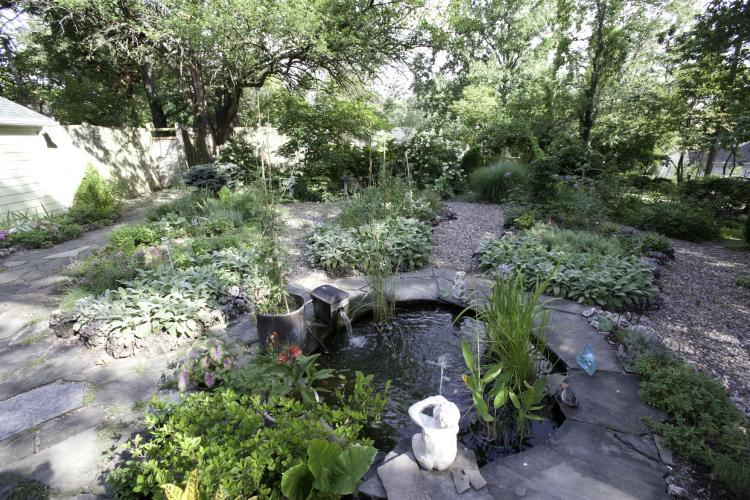
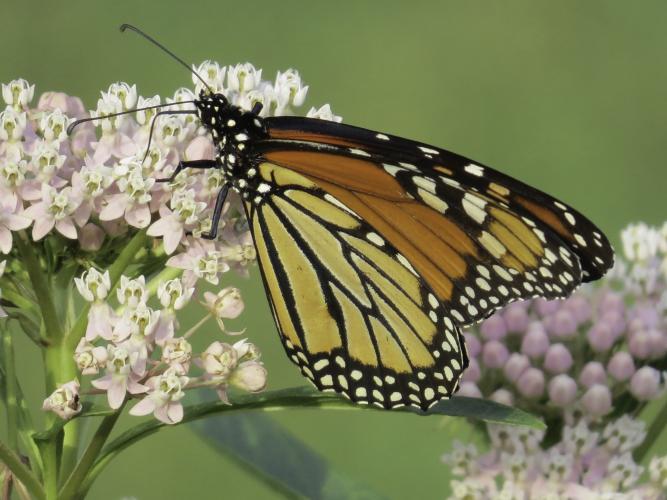
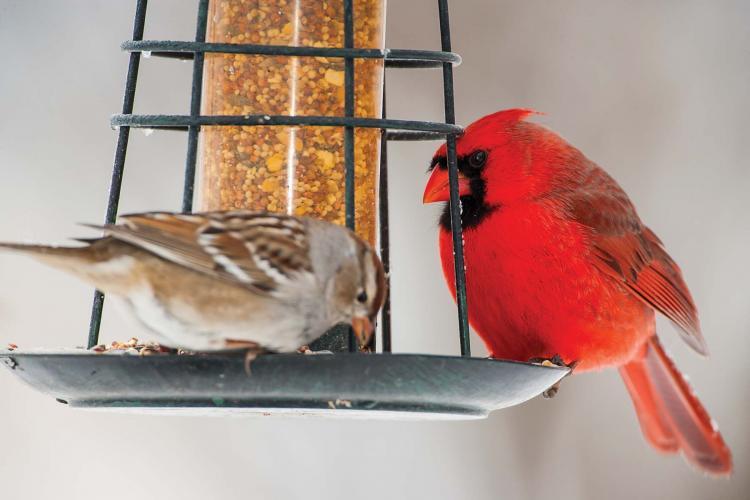
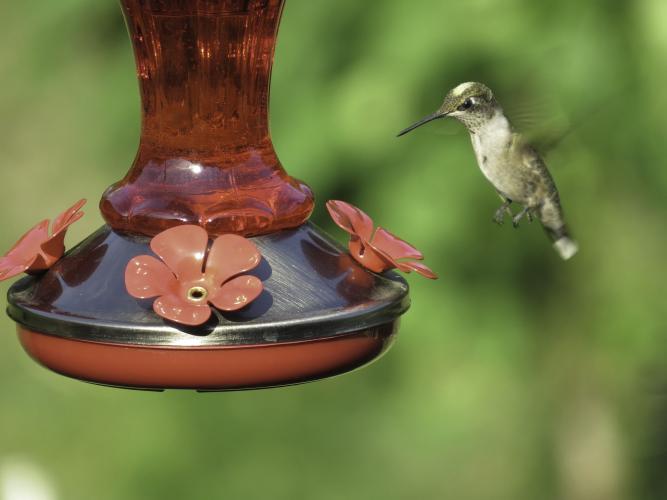
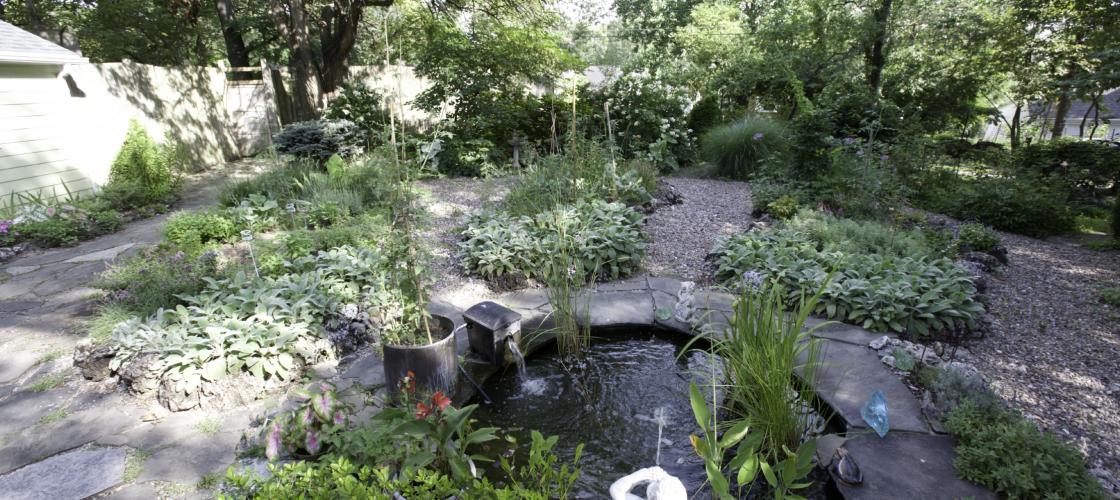
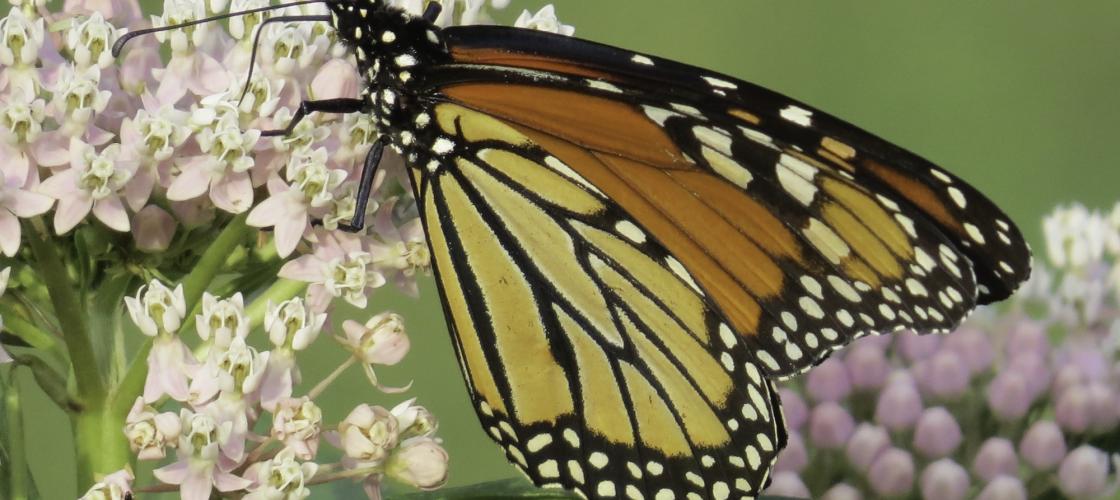
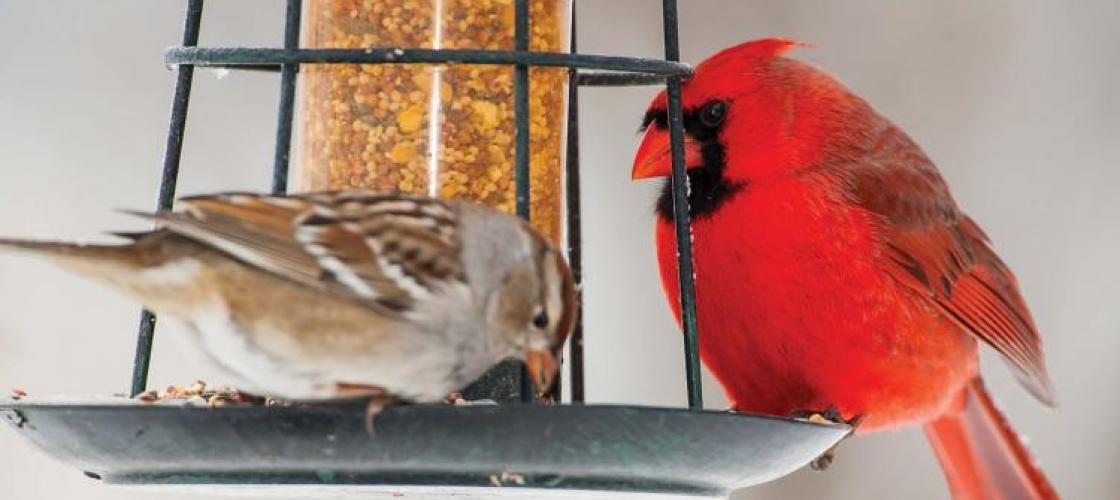
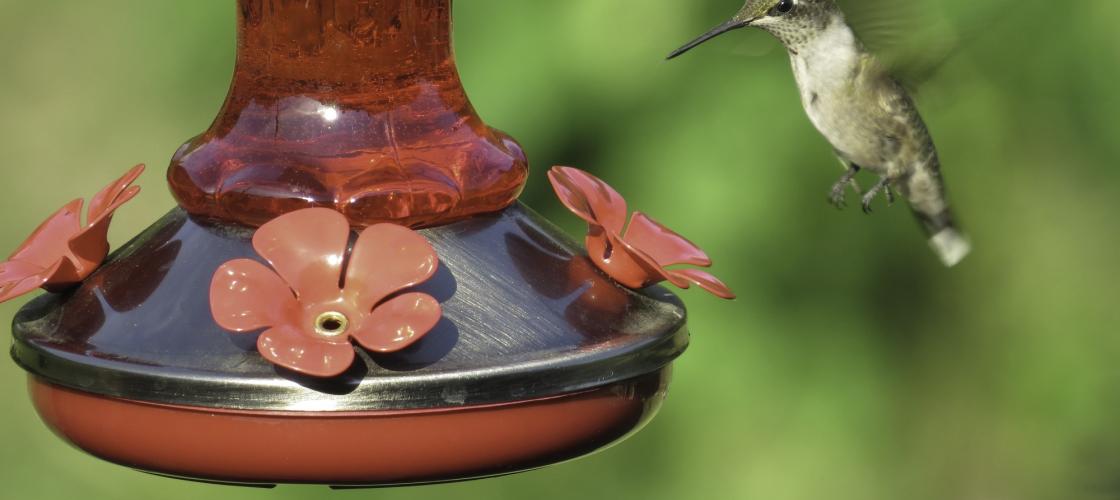
Recent Posts
























